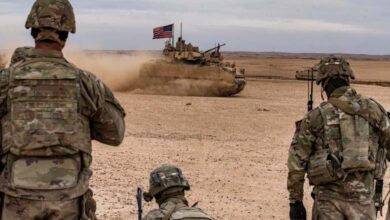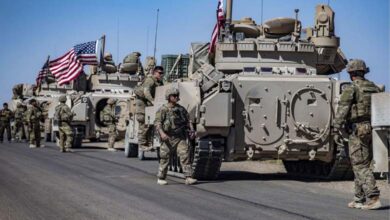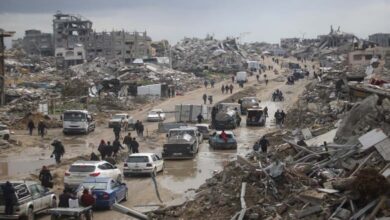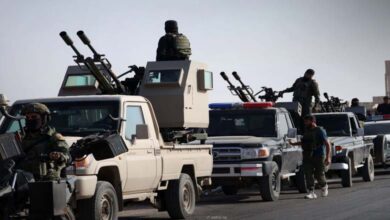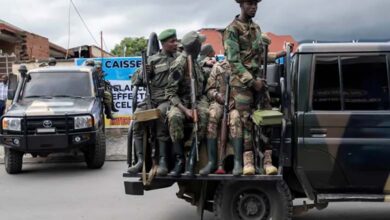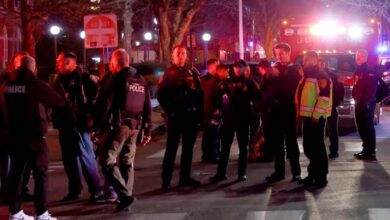Betting on a “Breath of Life”… U.S. Officials Warn of ISIS’s Return in Syria
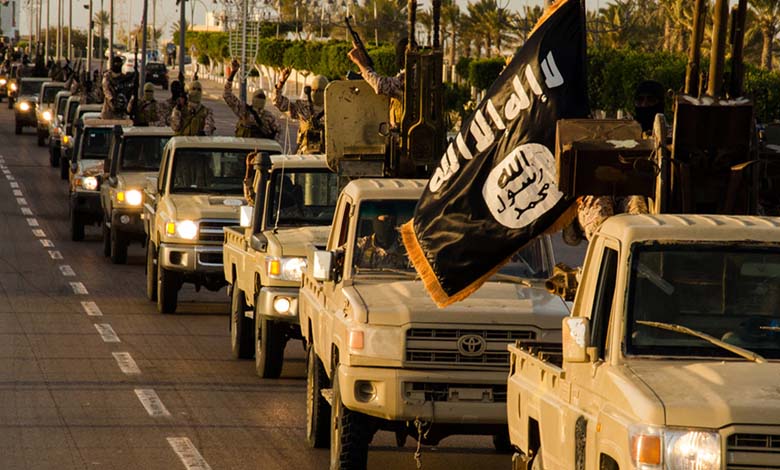
U.S. officials have pointed to an ongoing threat and growing concerns about the “return and rebuilding of ISIS” in Syria amidst the developments in the Middle East. According to a report from the American newspaper “The Wall Street Journal,” cited by the “Shafaq” agency, these officials revealed details of a “covert campaign” being quietly conducted to counter ISIS‘s increasing movements.
The officials disclosed that the threat from the terrorist organization has been escalating amid the preoccupation with the Gaza war and its repercussions on the region, including recent attacks carried out by Iranian militias, a concern also confirmed by experts and observers on the “Al-Hurra” site.
Experts, including American researcher Ryan Bohl, extremist groups researcher Hassan Abu Hanieh, and Syrian researcher Saad Al-Shar’a, explain that ISIS is currently betting on a “breath of life” that could enable it to rebuild.
ISIS militants have intensified their attacks in Syria and Iraq this year, targeting security checkpoints, detonating car bombs, and planning, according to “The Wall Street Journal,” to liberate thousands of their imprisoned comrades since the “Syrian Democratic Forces” (SDF) and the Western coalition led by Washington recaptured the city of Baghouz, the group’s last stronghold in Syria.
The newspaper explains that American planes are conducting airstrikes and providing live aerial surveillance for the SDF, which is leading ground operations against cells suspected of being affiliated with ISIS.
The report notes that the mentioned campaign “has not received sufficient media coverage,” and cites an officer from the U.S. special forces stationed in Syria saying, “What we are seeing is the movement of men, weapons, and equipment.”
Meanwhile, SDF leaders reported that they had captured 233 fighters suspected of being affiliated with ISIS in 28 operations during the first seven months of the year. SDF leader Rohelat Afrin stated that 2024 “was the worst year since ISIS‘s defeat.”
ISIS is now active in Syria with groups scattered across the vast Syrian Badiya region, while in Iraq, it operates in the form of cells, composed of limited but fierce numbers.
Since 2019, despite the shrinking of its areas of influence in Syria to the Badiya, its attacks have not ceased on areas controlled by the SDF and the Syrian regime, as well as those under the control of opposition factions in northwestern Syria.
According to “The Wall Street Journal,” ISIS‘s attempt to make a comeback presents a different challenge from the one it posed at the height of its power when it controlled an area of 38,000 square kilometers in Syria and Iraq.
The role that the international coalition under U.S. leadership will play in the region in the coming months and years “has become complex” due to the uncertainty surrounding diplomatic negotiations related to the Gaza war and the upcoming U.S. elections, according to the newspaper’s report.
The newspaper quotes the spokesperson for the “Internal Security Forces” (Asayish) of the “Autonomous Administration,” General Ali Hassan, who said that if U.S. forces were to withdraw, “we would see chaos like never before. Any withdrawal would immediately activate the sleeper cells.”
This is not the first time this year that U.S. officials and SDF officials have expressed renewed concerns about ISIS‘s activities in Syria.
Last April, the U.S. Central Command (CENTCOM) stated that the number of fighters in the terrorist organization had grown to around 2,500 across Syria and Iraq, more than double the previous estimates released in January 2024.


